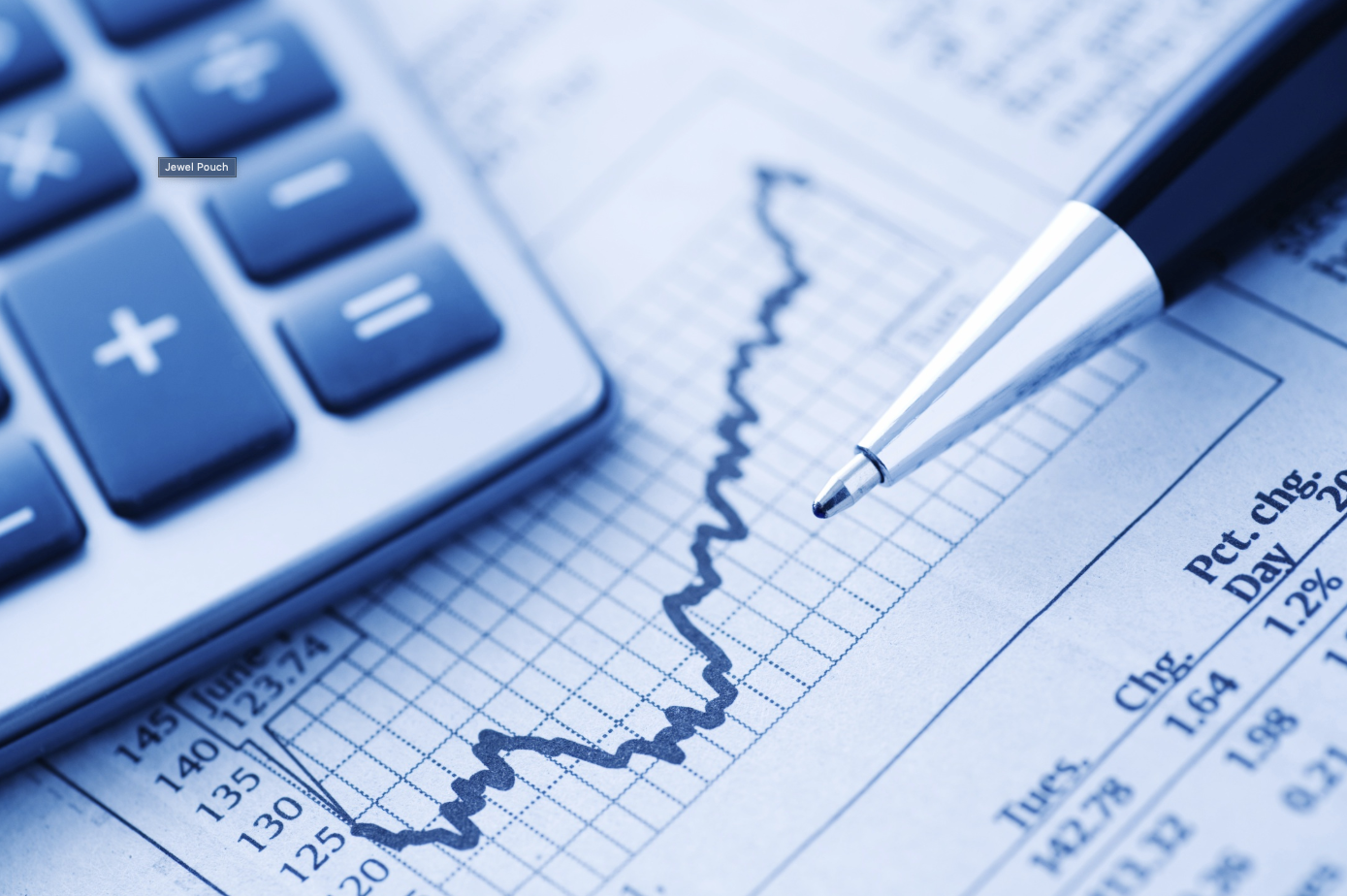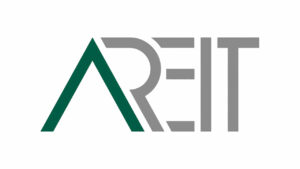YouTube, TikTok replace consultation: Students self-diagnose their mental health

By Brontë H. Lacsamana, Reporter
FILIPINO university students are “overwhelmed with responsibilities” and have little to no time for self-care and a social life, leading many to self-diagnose their mental health instead of seeking professional help, according to study by the University of Santo Tomas (UST).
Conducted from 2021 to 2022, the study funded by the Department of Science and Technology surveyed over 200 students with anxiety and depression from six universities in Manila, Palawan, Benguet, Leyte, South Cotabato, and Albay.
Of the UST respondents, 20% performed self-diagnosis. Of those from Mindanao State University – Iligan Institute of Technology (MSU-IIT), 71.4% self-diagnosed.
“There are some ways they get to the point of, ‘maybe there’s something wrong with me,’” said Maria Carinnes P. Alejandria, project leader and UST associate professor, at an April 28 virtual summit that presented the results of the study.
These methods include taking a psychology class on mental health, conversing and consulting with peers, reading online articles and watching YouTube videos on their problems, and observing their own behavioral and emotional changes.
Jean S. Taypa, assistant professor at MSU-IIT, shared that one participant became aware of her condition through mental health professionals disseminating information on short-form video platform TikTok.
“Although they are self-diagnosed, the participants themselves notice the symptoms. … Despite the awareness of mental health services, students chose not to access help,” she said. Reasons cited for not doing so include long processes, the expensive cost of services, a lack of family support, and social stigma.
The study also found that the top external factors affecting the youth’s mental health are disasters (such as the coronavirus pandemic), family, peers, history of trauma and abuse, and academic pressure.
According to Ms. Alejandria, the delivery of mental health services can be improved by funding at the national and institutional level for mental health programs, and hiring of more psych personnel.
UNFILLED GAPSThe clamor for emergency sessions and consultations was so high when the pandemic started that clinics and services in the country were flooded by these requests, according to speakers at the summit.
“Now, we’re still plagued by the same problems: Where do we get support? How can we afford it? Are we getting the right kind that we need?” said Jun Angelo M. Sunglao, a psychologist from the London School of Hygiene and Tropical Medicine.
“There are still unfilled gaps,” he added, citing that the National Center for Mental Health struggled with nearly double the distress calls in 2020 than they did in 2019.
Filipino workers are also overwhelmed by multiple mental health challenges, with a 2021 study by mental health firm MindNation showing that 53% of Filipino workers suffered mentally during the global health crisis.
The survey pointed out top external factors affecting the workforce that were similar to that of the students — the coronavirus pandemic, family matters, personal problems, and pressure (but this time from work and financial matters).
Stigma against even having these mental health challenges was also found to play a part in workers’ low focus, motivation, productivity, and self-confidence.
MENTAL HEALTH MAPPhilippine-based health and wellness clinic LifeScience Center launched in February a genetic test called the Genomind Mental Health Map.
Leslie K. Lim-Carlos, a psychotherapist at LifeScience Center, said that Filipinos can use genetics to proactively understand “what we have no control over, while the rest is modifiable and changeable based on actions and habits.”
The service, which costs P23,600, starts off with an appointment for a registered medical technologist to collect one’s cheek swab. After this, the specimen is sent to the Genomind laboratory in Pennsylvania, USA, where the test originated.
Analysis takes two to three weeks and yields results for seven core genetic health capabilities — stress and anxiety, mood, focus and memory, sleep, eating behavior, habits and substance abuse, and social behavior. The client can access the report online to view these.
For instance, those who test as predisposed to heightened stress and/or decreased working memory can get insights on brain derived neurotrophic factor (BDNF), a protein that helps produce neurons and their healthy connections to the brain’s fear center.
Based on this result, the website then recommends eating more food with omega-3 fatty acids to boost BDNF and box breathing exercises to calm the system. It also links to a self-reported questionnaire by Mental Health America that screens for generalized anxiety disorder — for people to track symptoms over time.
On top of receiving a health map, those who want their results and recommendations explained to them can book a 30-minute consultation with an expert.
“Factors like genetics, environment, lifestyle, are all cumulative in one’s mental health journey,” said Dr. Harris Nguyen, a Genomind pharmaceutical expert in a video call with BusinessWorld.
Like the free mental health assessment offered by Break Your Stigma, the LifeScience test is open to those already diagnosed with mental health conditions and those who don’t have any history but want to understand themselves better.
What sets it apart is the deep dive into how various factors come together plus personalized, evidence-based recommendations that a consultation then interprets.
PRACTICAL TIPSMeanwhile, the Benilde Well-Being Center (BWC) of the De La Salle-College of Saint Benilde, with Northeast Ohio Medical University psychiatry professor Dr. Dimitrios Tsatiris, released in March five questions that can help anxious minds identify “unease-provoking” thought patterns and seek calm:
1. Why am I anxious? This is for identifying the cause or source of one’s worries. Enumerating all doubts and prioritizing them can establish a sense of control.
2. What are the odds that my fear will become a reality? By estimating the probability of one’s worries turning real, these sources of anxiety become less impending.
3. What can I do to lower the chances? The anxious can further ease their minds and take charge by considering reasonable steps to lower these worries becoming real.
4. Even if the worst-case scenario were to occur, can I handle it? In unavoidable situations, people can recall and reflect on times that they overcame worst-case scenarios before, as guidance for present and future challenges.
5. What is the cost of anxiety? Rather than fixate on what can go wrong, thinking of one’s personal growth can help with reaching full potential as a result of the situation.




